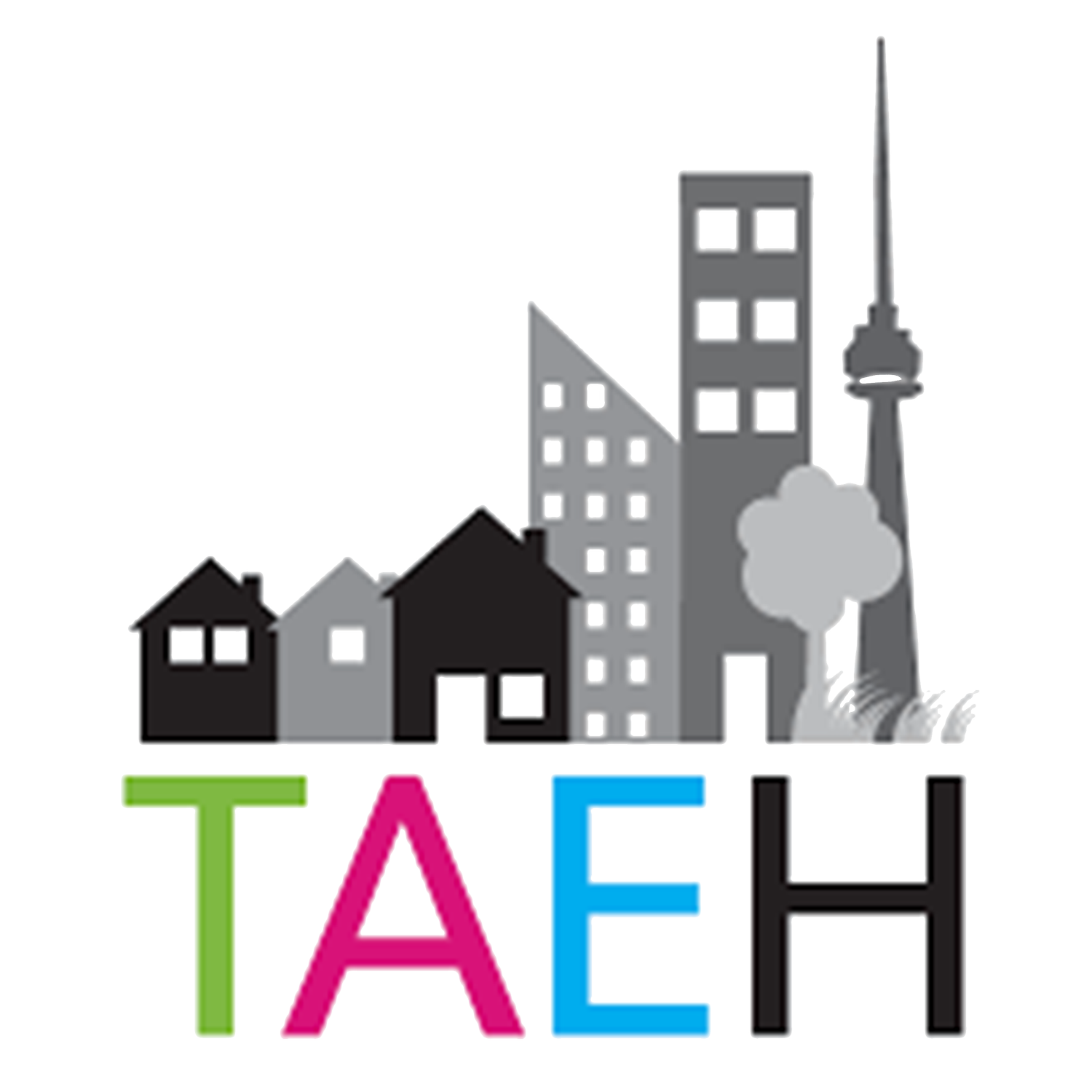Background and Context
Data for each month will be published on the 15th day of following month and will be made available on the Open Data Portal, in addition to being visualized as dashboards on the City's website.
Six key data points are included (click here for data definitions)
Inflow
Newly Identified: People who entered the shelter system for the first time.
Returned from Permanent Housing: People who previously used the shelter system, then moved to permanent housing, and have now returned.
Returned to shelter: People who were previously using the shelter system, then did not use the system for 3 months or longer, and have now returned.
Outflow
Moved to Permanent Housing: People who were using the shelter system and have moved to permanent housing.
No recent shelter use: People who were using the shelter system previously but have not used the shelter system in the past three months.
Actively Experiencing Homelessness: People who have used the shelter system at least one time in the past three months and did not move to permanent housing.
The data forms the foundation of reporting required to meet Federal Reaching Home directives and operate a Coordinated Access System in Toronto.
The data further supports Toronto's participation in the national Built for Zero campaign, hosted by the Canadian Alliance to End Homelessness (CAEH).
The data contributes to SSHA's Results Based Accountability measures, and HousingTO indicators.
The data will complement SSHA's Daily Occupancy data, which provide information about the capacity and daily use of the shelter system.
The report will also complement the 2021 Street Needs Assessment, which provides a bi-annual point-in-time count and survey of all people experiencing homelessness in Toronto.
Sub-population data - The data can be filtered by sub-populations including: Chronically Homeless, Families, Single Adult, Unaccompanied Youth, Refugees. More information about these sub- populations is available through Toronto’s Open Data Portal.
Demographic data - demographic information currently available in the data includes age and gender. Over time, the demographic information will be expanded to include racial identity, Indigenous identity, and veteran status.
The data includes unique people who have used an overnight homelessness service (shelter, respite, or hotel/motel program) as recorded in the Shelter Management Information System (SMIS) at least one time in the past three months (including the current reporting month).
The data is collected at City-funded shelters and does not include data about people using overnight services funded by other orders of government (e.g., Violence Against Women shelters funded provincially) and people sleeping outdoors.
While some people may spend the majority of their time outdoors, if they accessed an overnight homelessness service once in the past three months then they will be included in this data.
Over time, data will be expanded to include more people experiencing homelessness in Toronto who are sleeping outdoors and/or using other homelessness services as the technical capacity of data management systems is enhanced.

